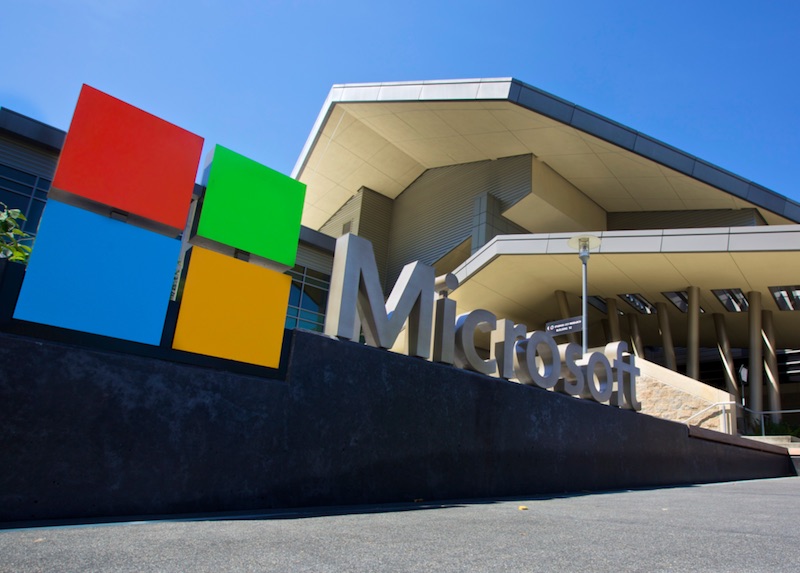- Home
- Laptops
- Laptops News
- Microsoft Takes Strong Stand Against Adware on Windows
Microsoft Takes Strong Stand Against Adware on Windows

This year we have seen many instances where leading PC OEMs such as Lenovo and Dell were found pre-installing programs that didn't only spoil the user experience, but also at times, left their customers vulnerable to several types of attacks. Thankfully, this should change soon. Microsoft has announced that it will detect and remove adware from Windows PCs in 2016.
Microsoft has said that it is taking a tougher stance on ad-supported software that utilise man-in-the-middle (MiTM) techniques. The company is making some changes to the adware detection rules. It announced that every advertising-based software needs to use the browser's official supported methods for installation, execution, disabling and removal.
Man-in-the-middle techniques have been heavily abused in recent years. These often bypass many of the notifications system used by modern Web browsers without the user being made aware of anything. Outlining some of the MiTM techniques, the company noted that these programs are able to perform injection by proxy, and are also capable of changing DNS settings, and manipulating network layers.
(Also see: PC Bloatware Isn't Just Annoying, It's Unsafe Too)
The Redmond-based company has also pointed out the shortcomings in Web browsers, and what needs to be done. "Most modern browsers have controls in them to notify the user when their browsing experience is going to change and confirm that this is what the user intends. However, many of these methods do not produce these warnings and reduce the choice and control of the user," the company wrote in a blog post. "Also, many of these methods also alter advanced settings and controls that the majority of users will not be able to discover, change, or control."
These techniques intercept the network communication between the Internet and the PC to inject advertisements and promotions. Microsoft has pointed out that this all could be fixed if any unofficial route to control and change the browser settings is stopped. "Our intent is to keep the user in control of their browsing experience and these methods reduce that control," it noted in a blog post. The changes Microsoft has shared will be effecting starting March 31, 2016.
As we noted recently, PC OEMs in an attempt to increase their profit margin are actively looking into ways for additional revenue channels. While PC bloatware isn't a new thing, in 2015, it was at the centre stage because of the level of security risks it imposed on customers.
Get your daily dose of tech news, reviews, and insights, in under 80 characters on Gadgets 360 Turbo. Connect with fellow tech lovers on our Forum. Follow us on X, Facebook, WhatsApp, Threads and Google News for instant updates. Catch all the action on our YouTube channel.
Related Stories
- Samsung Galaxy Unpacked 2025
- ChatGPT
- Redmi Note 14 Pro+
- iPhone 16
- Apple Vision Pro
- Oneplus 12
- OnePlus Nord CE 3 Lite 5G
- iPhone 13
- Xiaomi 14 Pro
- Oppo Find N3
- Tecno Spark Go (2023)
- Realme V30
- Best Phones Under 25000
- Samsung Galaxy S24 Series
- Cryptocurrency
- iQoo 12
- Samsung Galaxy S24 Ultra
- Giottus
- Samsung Galaxy Z Flip 5
- Apple 'Scary Fast'
- Housefull 5
- GoPro Hero 12 Black Review
- Invincible Season 2
- JioGlass
- HD Ready TV
- Laptop Under 50000
- Smartwatch Under 10000
- Latest Mobile Phones
- Compare Phones
- Realme P4x 5G
- OnePlus Ace 6T
- OPPO A6x 5G
- Samsung Galaxy Z TriFold
- Poco F8 Ultra
- Poco F8 Pro
- Huawei Mate 80 RS Master Edition
- Huawei Mate 80 Pro Max
- Asus ProArt P16
- MacBook Pro 14-inch (M5, 2025)
- Poco Pad M1
- Poco Pad X1
- Just Corseca Skywatch Pro
- Honor Watch X5
- Acerpure Nitro Z Series 100-inch QLED TV
- Samsung 43 Inch LED Ultra HD (4K) Smart TV (UA43UE81AFULXL)
- Asus ROG Ally
- Nintendo Switch Lite
- Haier 1.6 Ton 5 Star Inverter Split AC (HSU19G-MZAID5BN-INV)
- Haier 1.6 Ton 5 Star Inverter Split AC (HSU19G-MZAIM5BN-INV)
















